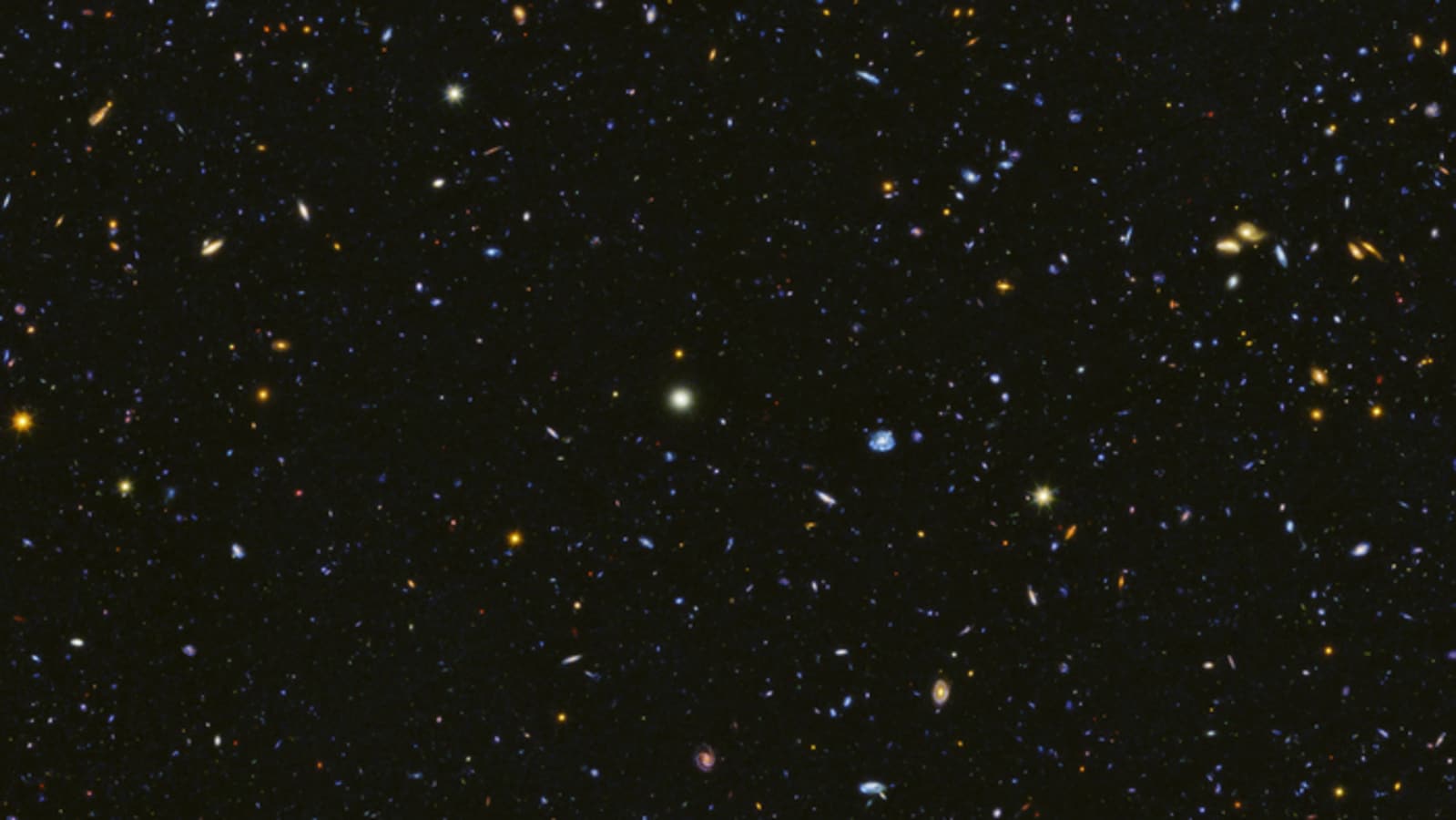NASA Hubble Space Telescope captures this largest image EVER; will reveal many secrets
A team of scientists has released the largest near-infrared image taken by NASA Hubble Space Telescope. They believe that the image will enable astronomers in learning the origin of galaxies
Even 3 decades after its initial deployment, the NASA Hubble Space Telescope has not ceased to make new records. The space telescope is a big reason behind astronomers making some big discoveries and understanding the Universe like never before. And recently, the Hubble telescope has added another milestone by capturing the largest near-infrared image ever. The image has been named 3D-DASH and on the surface, it contains many stars and other brightly-lit celestial objects. But scientists believe that this image can help astronomers learn about the origin of galaxies. Also read: Has NASA found hell? Strange planet where clouds rain lava and everything is burning constantly
A team of international scientists has been studying this space mosaic to map out the star forming regions of the universe. A preprint of the paper which is soon going to be published has been made available on arXiv. According to a report by Phys.org, this study will also help identify rare objects in space and target them via follow up observations through the recently launched James Webb Space Telescope (JWST), which has significantly larger mirrors than even the Hubble Telescope to capture images with greater clarity. Also read: NASA’s mission to Venus will carry this coin-sized gadget!
NASA Hubble Space Telescope captures the largest near-infrared image ever
With 3D-Dash, astronomers have been presented with near-infrared images of the entire COSMOS field for the first time ever. The COSMOS is a Hubble Space Telescope Treasury Project to survey a two square degree equatorial field with the advanced camera for surveys. The near-infrared image also creates one of the richest datafield for scientists as the wavelength is just past what the human eye can observe. So, the images, especially the long wavelengths and the red tones will represent the earlier galaxies which humans have not been able to study so far. This also means that since light takes time to travel, these images will be of the earliest universe, which will tell astronomers a great deal about the world we live in.
“Since its launch more than 30 years ago, the Hubble Space Telescope has led a renaissance in the study of how galaxies have changed in the last 10-billion years of the universe,” Lamiya Mowla, lead author of the study and Dunlap Fellow at the Faculty of Arts & Science at the University of Toronto told Phys.org. “The 3D-DASH program extends Hubble’s legacy in wide-area imaging so we can begin to unravel the mysteries of the galaxies beyond our own.”
For all the latest Technology News Click Here

